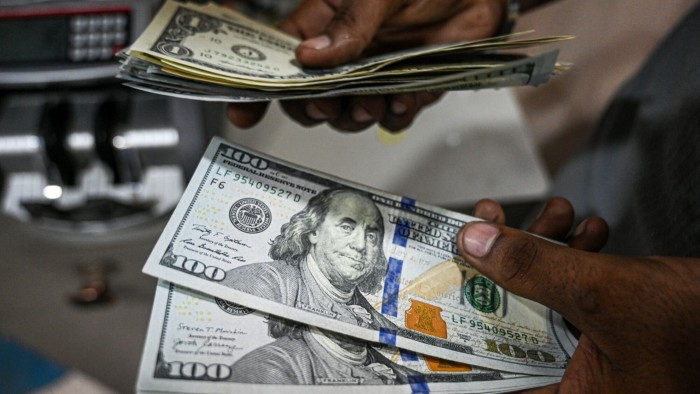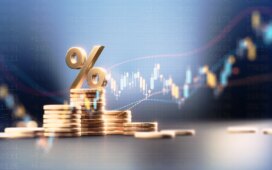Unlock the Editor’s Digest for free
Roula Khalaf, Editor of the FT, selects her favourite stories in this weekly newsletter.
Past performance may be no guide to future results. Still, there is something about impending US rate cuts that compels investors to pull out their almanacs and adages. These suggest that most asset classes should benefit if easier monetary policy boosts the US economy — as rallying US stocks and bonds seem to expect. The dollar’s weakness, though, provides a potential twist.
Investors are confident the Federal Reserve will on Wednesday cut interest rates for the first time since December, easing by a quarter-point. Futures contracts indicate that roughly 0.75 percentage points of further easing are expected over the next six months. Stocks have already factored in a lot of this: the S&P 500 has hit a series of record highs and hasn’t ended any week significantly lower since late July.
Traditionally, when the Fed resumes easing after several months on hold and manages to stave off a downturn, the S&P 500 rises strongly: over the past 40 years, the median gain a year after the first cut is roughly 15 per cent, according to Goldman Sachs. Traditional underperformers include banks, whose margins suffer when rates fall, and insurers, whose returns do likewise. Winners include classic defensives such as utilities and telecoms.

What’s different this time is that the dollar is weakening. When the Fed first began cutting rates a year ago, the currency accompanied stocks higher. But this year, while equities soon shook off the tariff-related turmoil of April, the greenback continued its slide.
Measured against a basket of US trading partners, it has lost a tenth of its value since January, weighed down by expectations of lower rates to come and, in particular, the risks to the independence of the Fed itself. Many analysts expect it to fall further.
Fears of a weakening dollar are not great for the animal spirits of overseas investors. While artificial intelligence-related stocks still draw loyal followers, Bank of America has talked of an ABD — Anything But the Dollar — trade building.

Emerging markets are likely to be key beneficiaries. Their own prospects are better if rate cuts support US growth, and they have been cutting their own rates too, with 19 of the 21 tracked by JPMorgan on an easing path. For them, a weaker dollar means stronger local currencies, which should give overseas investors more confidence. Since the start of the year, the MSCI Emerging Market index has outperformed the S&P 500.
Predictions that emerging markets would revive have proven wrong before. But a Fed under attack from the US president plus falling interest rates only makes further dollar weakness more likely. In turn, that makes alternatives to US assets that much more attractive — whether that’s what the man in the White House wanted or not.





